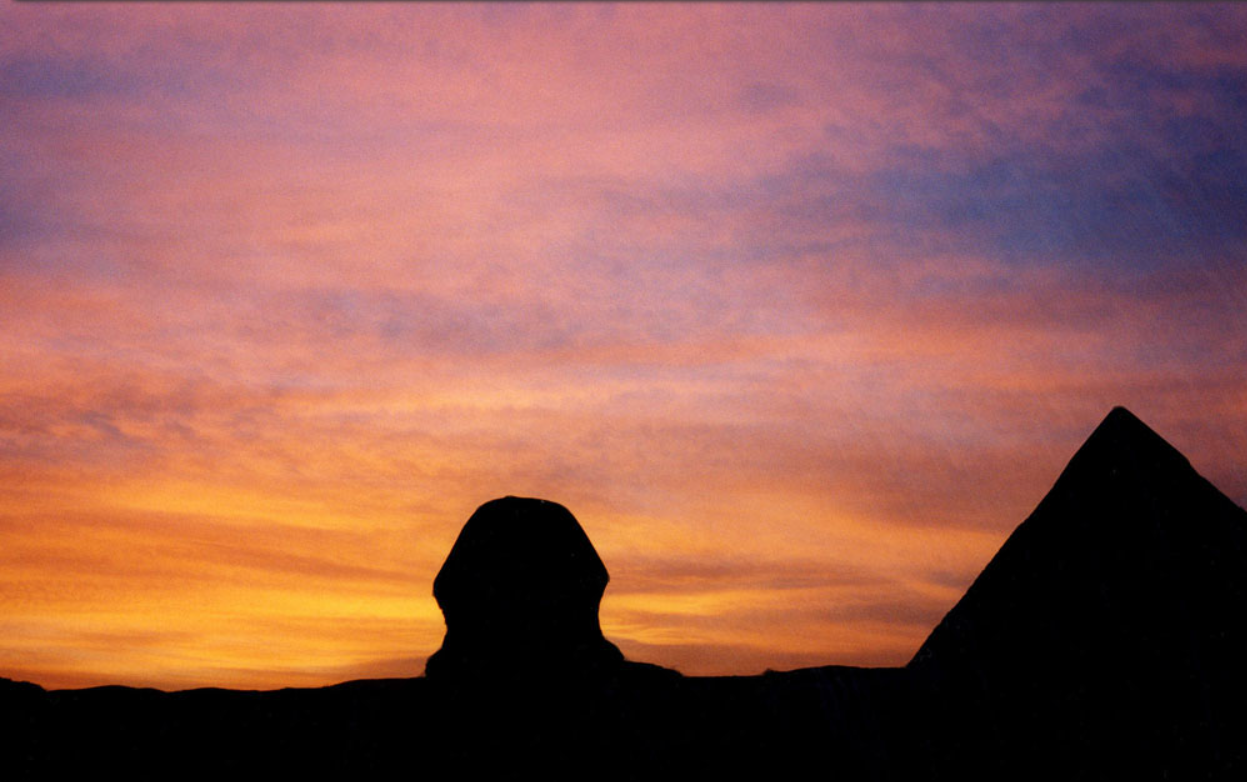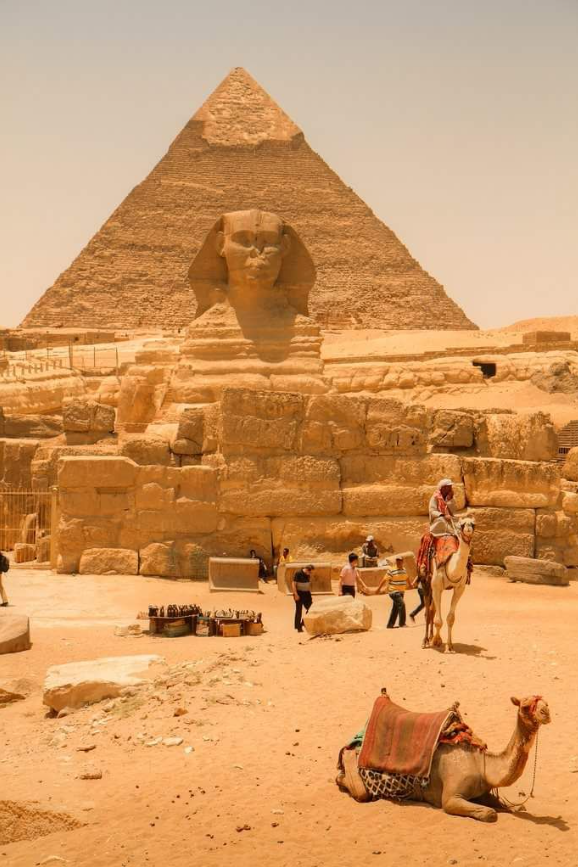Recent Archaeological Insights and Hidden Chambers
The Great Sphinx of Giza, a monumental icon of ancient Egypt, has long fascinated historians, archaeologists, and tourists. This massive limestone figure, featuring the body of a lion and the visage of a pharaoh, silently watches over the Giza Plateau, safeguarding secrets that have puzzled experts for ages. Chief among these enigmas are the theories and discoveries regarding hidden chambers and passageways beneath the Sphinx. What secrets are concealed below this ancient marvel? Recent investigations and advancements in technology have begun to illuminate these underground mysteries, merging legend with emerging archaeological findings.
Historical Context of the Subterranean Secrets
The notion of concealed chambers and tunnels beneath the Sphinx is steeped in history. Ancient manuscripts and oral accounts have suggested the presence of clandestine routes leading to extensive caches of wisdom or treasures. The famed “Hall of Records,” for instance, is thought by some to be hidden beneath the Sphinx, supposedly containing ancient knowledge that predates documented civilizations. Despite mainstream archaeology’s cautious stance towards these claims, the intrigue surrounding these legends has sustained interest and prompted ongoing research.
Pioneering Studies and Discoveries
From the 19th through the early 20th centuries, numerous explorers and archaeologists undertook excavations around the Sphinx, discovering various shafts and tunnels:
- Perring’s Hole: In 1837, British engineer John Shae Perring penetrated the Sphinx’s back, resulting in what is known as “Perring’s Hole.” His excavation reached a depth of 27 feet but did not yield significant discoveries.
- Shafts and Corridors: Follow-up excavations revealed numerous shafts and tunnels surrounding the Sphinx. While some appeared natural, others were likely constructed for restoration or exploration purposes.
Contemporary Technological Assessments
With modern technological advancements, archaeologists have been able to examine the area beneath the Sphinx without invasive methods:
- Ground-Penetrating Radar (GPR) and Seismic Techniques: Utilizing GPR and seismic methods in the late 20th century allowed researchers to identify anomalies beneath the Sphinx. These studies indicated cavities and possible tunnels, especially near the statue’s paws and sides. Some anomalies were attributed to natural formations, while others hinted at hidden spaces.
- Electromagnetic Surveying: In the 1980s, Japanese researchers executed electromagnetic surveys that revealed grooves and cavities beneath the Sphinx, suggesting potential underground tunnels extending under the statue.
Fascinating Discoveries and Theoretical Speculations
Several captivating findings have encouraged speculation about what may exist beneath the Sphinx:
- Anomalies Adjacent to the Paws: Investigations have uncovered cavities near the forepaws of the Sphinx, igniting theories about concealed chambers or passageways.
- Subterranean Pathways: Explorations have unveiled tunnels leading beneath the Sphinx, some terminating in dead ends and others connecting to larger subterranean networks. The purpose and origin of these tunnels remain hotly debated.
- Hall of Records: The enduring tale of a hidden library beneath the Sphinx continues to captivate researchers. Although no definitive proof has surfaced, this theory endures, fueling ongoing exploration.
Debates and Diverging Opinions
The hunt for hidden chambers under the Sphinx has elicited contentious discussions:
- Skepticism in Mainstream Archaeology: Numerous archaeologists caution against overly interpreting geophysical anomalies, arguing that natural fissures and erosion can resemble man-made structures.
- Alternative Hypotheses: Some theorists suggest that the Sphinx may predate the accepted timeline of ancient Egyptian civilization, postulating that hidden chambers could hold evidence of advanced, earlier societies. These ideas remain largely speculative and lack broad acceptance among scholars.
Conclusion: The Continuing Exploration Beneath the Sphinx
The Great Sphinx of Giza remains a pinnacle of archaeological curiosity and mystery. While modern technology has revealed potential hidden chambers and tunnels, conclusive evidence is still elusive. The blend of myth, legend, and burgeoning scientific research ensures that the subterranean secrets of the Sphinx will continue to inspire exploration and discussion in the years ahead.
For a deeper understanding of these mysteries, consider watching this informative video:
Exploring the Hidden Chambers of the Sphinx: New Discoveries in Egypt.










